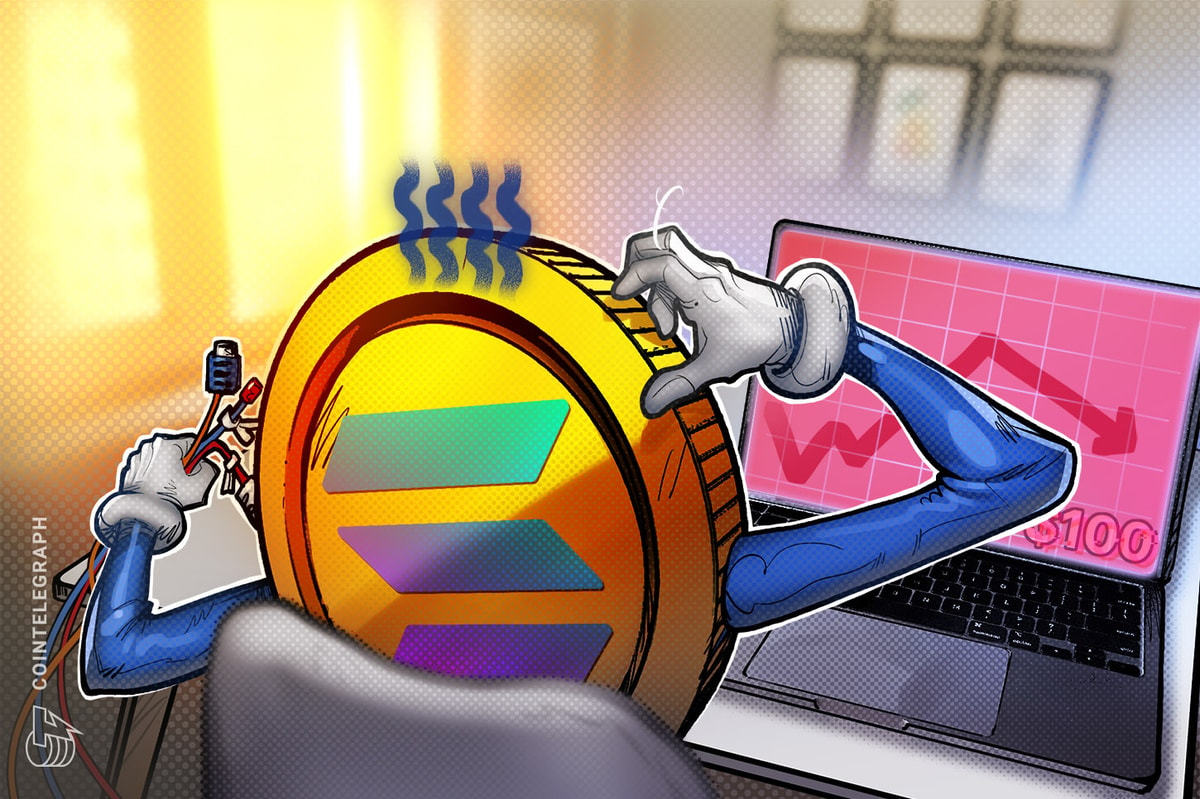“We compare ourselves to Visa and Mastercard in the 80s and 90s,“ said Shivam Tandon while presenting his cross-chain interoperability protocol zkCross Network, “just one approval and everything is completely abstracted from your view. Make it really easy for the end-user.“
Bringing blockchain interoperability to the next level: AMA with zkCross Network https://t.co/XesNlc7LRC
— Cointelegraph (@Cointelegraph) August 19, 2024
Complex user experiences combined with a set of other challenges – security concerns, scalability issues, slow transactions, fragmentation, and ensuring sufficient liquidity across multiple chains – is what cross-chain interoperability faces today. And zkCross Network is ready to provide solutions.
Tandon emphasized that zkCross Network is neither a blockchain nor a wallet, but rather a platform that connects existing DeFi infrastructure by providing advanced chain abstraction infrastructure and enabling blockchains to streamline liquidity onboarding and user engagement. According to the speaker, zkCross Network has surpassed 20,000 activated users and reached $67 million in transaction volume.
While acknowledging that many projects take the easier route of creating their own wallets for chain abstraction, the platform has chosen a more challenging path.
“We want to work with each blockchain to solve the entire DeFi infrastructure problems. Our focus is on blockchains with strong innovation and user adoption potential, ensuring a user-centric approach,“ he said.
Chain abstraction for seamless DeFi
The introduction of chain abstraction at the blockchain level was a major step forward for the platform, as it fills the DeFi gap for both emerging and established blockchains. For users, chain abstraction means simplified interactions with multiple blockchains so, as Tandon noted, “they don’t have to jump from one platform to another to understand things.“
“We abstract pretty much everything. Users are freed from complexities like wallets, addresses, and transactions, so they feel like they’re interacting with a unified blockchain ecosystem through a simplified user experience. We also use chain abstraction to make trading easier. Traders can swap assets between blockchains without having to navigate multiple interfaces or understand the unique properties of each blockchain,“ said Tandon.
Built on the zkCross Network, zkCrossDEX is “the world’s first privacy-enabled, decentralized exchange“. It offers integrated tools, including one-click cross-chain swaps, enabling seamless transactions across multiple blockchains, both EVM and non-EVM.
The universal liquidity that powers the DEX ensures access to the best pricing and lowest slippage. “It aggregates liquidity from multiple blockchains into a single pool, allowing users to execute cross-chain transactions with a single click,“ said Tandon. zkCross Network’s partnership with Stellar blockchain enables fiat gateways, allowing the onboarding of liquidity using 100+ fiat currencies directly on DeFi without having a centralized exchange account.“
The multi-layered security approach includes not only integrating zk-proofs, but also leveraging decentralized protocol by conducting regular audits and integrating multi-party computation to secure private keys. In addition, Tandon and his team are developing an AI security system to monitor the exchange 24/7 and mitigate potential threats.
Making DeFi intuitive
“Our protocol acts as a central hub, unifying critical elements such as messaging systems and liquidity to enable the creation of easy-to-use cross-chain DApps,“ said Tandon. Its unified infrastructure, with comprehensive SDKs and enhanced security, accelerates development and supports fast, no-cost integration of cross-chain functionality.
He outlined potential applications, including cross-chain DeFi platforms such as lending and borrowing platforms, DEXs, and yield farming protocols that can tap into liquidity from multiple blockchains. In addition, the SDK enables RWA blockchain DApps to seamlessly onboard users, bringing real-world assets into the DeFi ecosystem. Web3 market makers can also leverage the SDK for automated cross-chain transactions and efficient liquidity management. Moreover, the creation of cross-chain launch pads allows users to participate in token and NFT offerings across multiple blockchains from a single interface.
Finally, Tandon discussed plans for decentralization through the launch of the zkCross DAO within the next year or so. “The upcoming CROSS token will play a critical role in governance,“ he explained, “giving tokenholders the power to influence decisions within the ecosystem. CROSS will also serve as a base token for cross-chain transactions and user incentives. It will be hosted on Ethereum, Arbitrum and all supported blockchains, making it a truly cross-chain token.“
Tandon also talked about future goals of launching exchanges on various EVM blockchains, followed by an expansion to the TON blockchain, complete with a telegram clicker game. Another milestone will be the introduction of one-click Bitcoin token purchases, using both EVM and non-EVM tokens, to simplify the process of acquiring Bitcoin and other assets.
“We’re here to make DeFi accessible to the masses,“ Tandon concluded. “We want to make it easy for anyone, regardless of their technical expertise, to get on board and benefit from the entire ecosystem without having to go through a learning curve.“
Disclaimer. Cointelegraph does not endorse any content or product on this page. While we aim at providing you with all important information that we could obtain in this sponsored article, readers should do their own research before taking any actions related to the company and carry full responsibility for their decisions, nor can this article be considered as investment advice.








